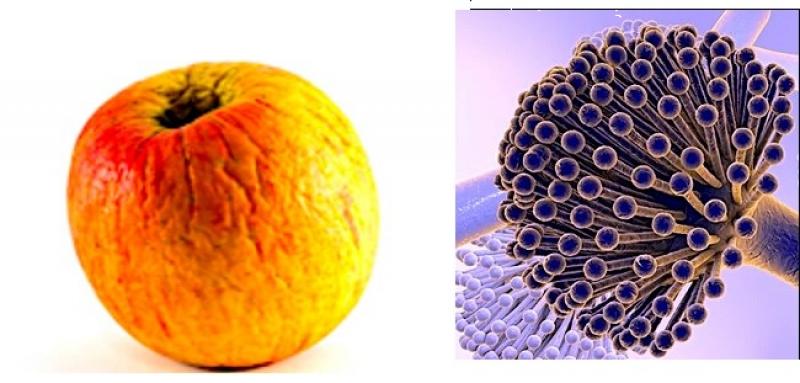Pectins are well known as the polysaccharides that contribute to the firmness of plant tissues and confer rigidity to cell walls, protecting the plant from droughts, parasites and predators.
Fungi are heterotrophic organisms that have been endowed with an array of extracellular digestive enzymes that provide them valuable tools for infecting their host. This characteristic of certain fungi of the genera Aspergillus, Trichoderma or Penicillium is utilized by biotechnological industries to produce some valuable tools for elaborating wine and fruit juices: their enzymes.
The cocktail of enzymes that is obtained from cultures of these fungi, selected and with the GRAS (Generally Recognized As Safe) status according to the Food and Drug Administration of the U.S.A., is broadly referred to as "pectinases" or pectolytic enzymes for enology. The GRAS status is a relevant characteristic because it means that it has been adequately proved that the addition of the product to food is considered safe by experts under the conditions of its intended use. The selection of the enzymes included in products for winemaking varies depending on the purpose for the use of the product (improving clarification and filtration, extraction of juice, color, aroma, ...). Obviously, the composition of this type of winemaking products is very diverse and can include not only enzymes that cleave pectins, but also cellulases, hemicellulases, or even proteases. Nevertheless, these valuable enzymatic products are broadly known as "pectinases" or pectolytic enzymes for enology.
More information about pectins and pectinases, their classification and biochemical characteristics and other related enological aspects at: https://www.intechopen.com/chapters/79994








